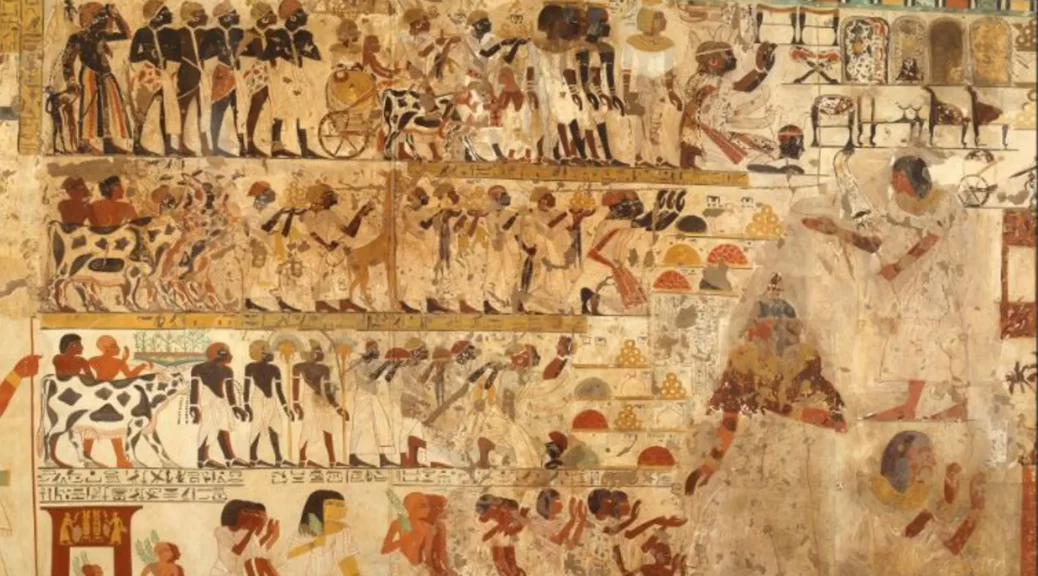Discovery of 60 mummies in Egyptian city of Luxor points to elaborate burial ground

A team of Spanish archaeologists have discovered tombs housing around 60 mummies in the ancient Egyptian city of Luxor, according to Spanish press reports.
The Spanish news agency Efe posted a video on YouTube, describing how the Spanish archaeological mission known as the Vizier Amenhotep Huy Project discovered the tombs late last year in the southern Egyptian city.
The mission was led by Francisco Martin-Valentin, director of the Madrid-based Institute of Ancient Egyptian Studies, and the institute’s co-director Teresa Bedman.
The Institute of Ancient Egyptian Studies also posted a corresponding article on Twitter from Efe.
Martin-Valentin says that the two tombs were built after the 18th dynasty (1550-1292 BC) and are linked to Amenhotep-Huy who served as vizier (high-ranking official) under pharaoh Amenhotep III.
Two chambers connect the newly discovered tombs to the vizier’s tomb, a chapel comprising 30 columns.
Martin-Valentin tells The Art Newspaper: “In the excavations of two secondary tombs existing in the courtyard of the main tomb of the Vizier Amen-Hotep Huy (Asasif nº -28) have been found stripped mummies—more or less complete—and parts of mummies, which testify after the examination of our anthropologists to belong to about 60 individuals, originally buried in these tombs.”
Martin-Valentin adds that the new findings are “evidence that the vizier’s tomb at some point became a necropolis”. He tells us: “From the archaeological context we can affirm that the individuals found, belong to family groups of, or linked to, the medium-high clergy of Amun of Karnak.”
Items from the vizier’s tomb, including a sarcophagus adorned with the god Amun, are currently on display in an exhibition at the Luxor Museum.
Martin-Valentin says that the archaeological mission will resume at the end of September, when the vizier’s chapel will be restored with the reconstruction of six columns.
